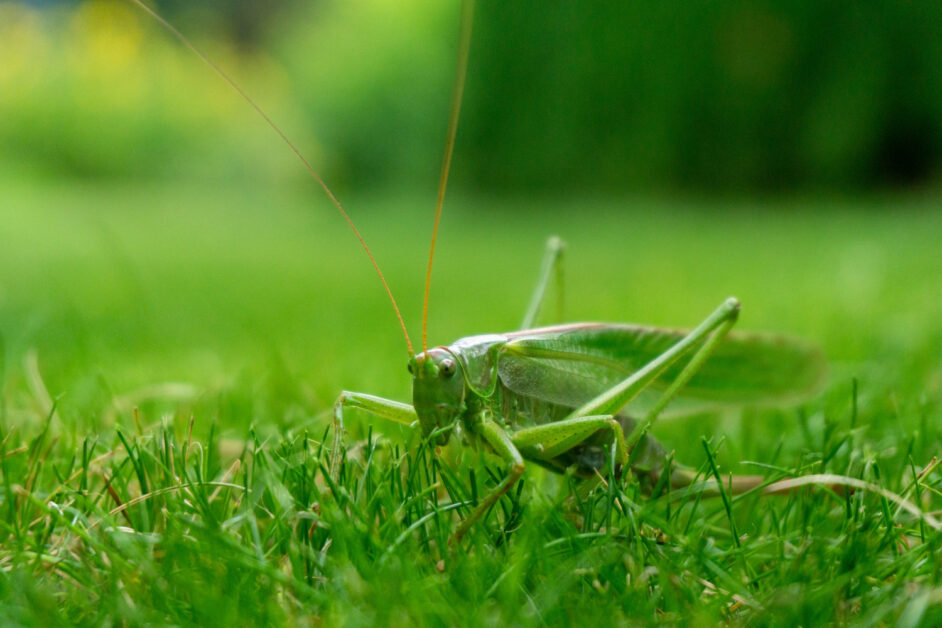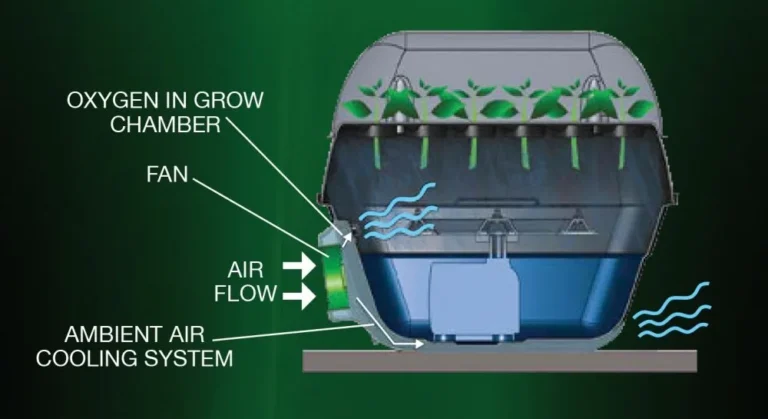Get Rid of Grasshoppers: How to Protect Your Plants from These Hungry Insects
Table of Contents
Understanding the Threat: Identifying Grasshoppers as Plant Pests
Grasshoppers are known to be voracious plant pests that can wreak havoc on gardens and crops. These insects belong to the order Orthoptera and are characterized by their long hind legs, powerful jaws, and ability to jump great distances. Identifying grasshoppers as plant pests is crucial for understanding the threat they pose and developing effective strategies for control.
One of the key features of grasshoppers is their feeding behavior. These pests are known to consume a wide range of plant material, including leaves, stems, flowers, and even the fruit of various crops. Their large appetite and rapid reproduction make them capable of causing significant damage to agricultural and horticultural crops, leading to yield losses and economic losses for farmers and gardeners alike.
Recognizing the signs of grasshopper infestation is essential for early detection and prompt action. Look for chewed or skeletonized leaves, missing plant parts, and the presence of grasshopper droppings or excrement. Additionally, the sight of adult grasshoppers flying or jumping away when disturbed is a clear indication of their presence. By understanding the threat that grasshoppers pose and being able to identify them as plant pests, gardeners and growers can take proactive measures to protect their plants and prevent substantial damage.
The Lifecycle of Grasshoppers: Key Insights for Effective Control

The lifecycle of grasshoppers is a fascinating and crucial aspect to understand in order to effectively control their population and minimize damage to plants. Grasshoppers undergo incomplete metamorphosis, meaning they go through three distinct stages: egg, nymph, and adult.
The first stage, the egg, is characterized by female grasshoppers depositing their eggs in the soil during late summer or fall. These eggs then overwinter and hatch in the spring when environmental conditions are favorable. It is important to note that grasshoppers have varying lifespans, with some species completing their lifecycle within one year, while others may take two or more years.
Once hatched, the nymphs emerge and begin feeding on nearby plants. Nymphs resemble miniature versions of adult grasshoppers, but they lack mature reproductive organs and wings. Over a period of several weeks, they molt multiple times, shedding their exoskeleton and growing larger with each molt. During this time, they continue to feed voraciously, posing a significant threat to vegetation.
The final stage in the grasshopper lifecycle is the adult phase. After the final molt, the nymphs develop wings and reproductive capabilities. Adult grasshoppers are known for their ability to fly and cover long distances, leading to potentially widespread damage in agricultural and garden settings. It is crucial to understand the timing and duration of each stage in the lifecycle to effectively implement control measures that disrupt their reproductive cycle and reduce their impact on crops and plants.
Understanding the lifecycle of grasshoppers provides valuable insights into their vulnerabilities and habits. By targeting the eggs and nymphs, gardening enthusiasts can interrupt their lifecycle and effectively control their population. With this knowledge, we can explore a range of strategies and techniques to minimize grasshopper damage, ensuring healthy and thriving gardens for seasons to come.
Creating a Grasshopper-Proof Garden: Essential Precautions and Strategies
Creating a Grasshopper-Proof Garden requires essential precautions and strategies to effectively protect your plants from these voracious pests. One of the key strategies is implementing physical barriers such as building fences and enclosures. These structures act as a barrier, preventing grasshoppers from accessing your garden and devouring your precious plants. It is important to ensure that the fences or enclosures are constructed properly to avoid any gaps or weak spots where the grasshoppers could find their way in.

Another effective method to combat grasshoppers is to enhance the presence of natural predators in your garden. Attracting birds, frogs, and insects that prey on grasshoppers can significantly reduce their population. Birds, like chickens, guinea fowls, and ducks, are known to be excellent grasshopper hunters. Creating a welcoming environment for these predators, such as providing bird feeders or constructing ponds for frogs, will encourage them to stay and feast on the grasshoppers. Additionally, planting nectar-rich flowers and herbs like dill, fennel, and marigolds attract beneficial insects that also feed on grasshoppers. By promoting the presence of these natural allies, you can establish a balanced ecosystem where the grasshopper population remains under control.
Physical Barriers: Building Fences and Enclosures to Keep Grasshoppers at Bay
Building physical barriers such as fences and enclosures is an effective strategy to keep grasshoppers at bay and protect your plants. These barriers act as a physical deterrent, preventing grasshoppers from accessing your garden and causing damage. By implementing these measures, you can create a safe and protected environment for your plants to thrive.

When constructing fences, make sure they are at least three feet tall and made of sturdy materials such as mesh wire or chicken wire. This height is essential to prevent grasshoppers from easily hopping over the barrier. Additionally, bury the bottom of the fence at least six inches into the ground to deter grasshoppers from tunneling underneath. By ensuring the fence is secure and well-built, you can effectively prevent grasshoppers from entering your garden.
Enclosures, on the other hand, are an excellent option for smaller areas or individual plants. These structures can be constructed using materials like netting or mesh cloth, providing a physical barrier that allows sunlight, water, and air to reach your plants while keeping grasshoppers away. It’s important to ensure that the enclosure is tightly sealed, leaving no gaps or openings through which grasshoppers can squeeze in. With proper installation and maintenance, enclosures can serve as a reliable defense against grasshopper infestations.
Enhancing Natural Predators: Attracting Birds, Frogs, and Insects that Prey on Grasshoppers
Enhancing natural predators is an effective and environmentally friendly approach to managing grasshopper populations in your garden. By attracting birds, frogs, and insects that prey on grasshoppers, you can create a balanced ecosystem that helps keep these plant pests in check.
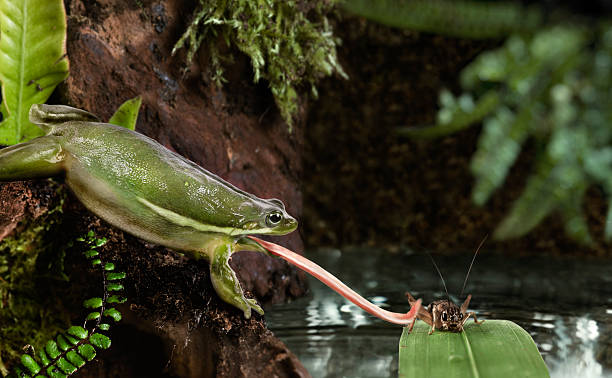
Birds, such as swallows, sparrows, and bluebirds, are voracious consumers of grasshoppers. They not only provide aesthetic value to your garden with their vibrant colors and melodious songs but also play a vital role in controlling grasshopper populations. To attract birds, provide food sources like bird feeders stocked with seeds and nuts. Additionally, consider installing birdhouses or nesting boxes to encourage them to make your garden their home.
Frogs are also natural predators of grasshoppers and can help maintain their populations in your garden. By creating a welcoming environment for frogs, you can encourage them to take up residence and contribute to natural pest control. Provide water sources such as ponds or small water features that offer refuge for frogs. Additionally, plant dense vegetation and provide hideouts like rock piles or log piles where frogs can shelter and hunt for grasshoppers.
Insects like praying mantises, lady beetles, and spiders are known to feed on grasshoppers. By attracting these beneficial insects to your garden, you can create a pest management system that relies on natural predators. Planting a diverse range of flowering plants, such as marigolds and daisies, can attract these insects and provide them with nectar and pollen sources. Avoid using chemical pesticides that may harm beneficial insects and disrupt the delicate balance of your garden ecosystem.
By enhancing natural predators, you can take advantage of the built-in pest control mechanisms that nature provides. The presence of birds, frogs, and predatory insects in your garden not only helps control grasshopper populations but also contributes to a healthier and more balanced ecosystem. Next, we will explore the importance of selecting grasshopper-resistant plants to further safeguard your garden against these pests.
Selecting Grasshopper-Resistant Plants: Smart Choices for a Resilient Garden
When it comes to protecting your garden from grasshopper infestations, selecting grasshopper-resistant plants is a smart and effective strategy. By choosing plants that these pests find less appealing, you can reduce the risk of significant damage to your garden.
One important factor to consider is the type of plants that grasshoppers tend to favor. Grasses, leafy vegetables, and tender annuals are often their preferred targets. By avoiding these types of plants, you can make your garden less attractive to grasshoppers. Instead, opt for plants with tougher leaves or those that have natural compounds that deter these pests. For example, aromatic herbs like rosemary, lavender, and thyme are known to repel grasshoppers due to their strong fragrance. Additionally, some flowers like marigolds and nasturtiums have shown resistance to grasshopper feeding, making them ideal choices for pest control in your garden.
Companion Planting: Harnessing the Power of Repellent Plants to Deter Grasshoppers
Companion planting is a tried and true method that can greatly aid in deterring grasshoppers from wreaking havoc on your garden. By strategically placing certain plants together, you can create a natural barrier that these plant pests will find unappealing.
One effective repellent plant is the marigold. Its pungent scent and beautiful blooms make it an excellent choice for companion planting. Research has shown that marigolds release a chemical called alpha-terthienyl, which acts as a natural insecticide, repelling not only grasshoppers but also other common garden pests like aphids and nematodes. Additionally, the strong aroma of marigolds acts as a deterrent, discouraging grasshoppers from even entering your garden in the first place.
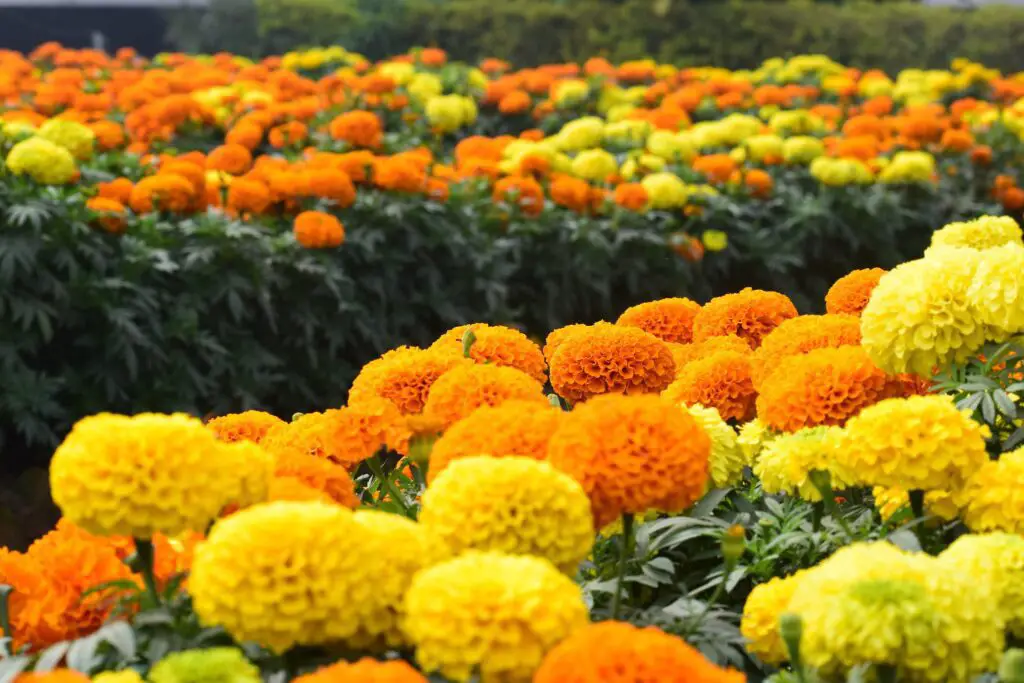
Another plant that can help deter grasshoppers through companion planting is the garlic. Not only is garlic a culinary staple, but it’s also a powerful insect repellent. Its strong odor masks the scent of nearby crops and confuses grasshoppers, making it difficult for them to locate their next meal. Garlic can be interplanted with susceptible crops, creating a protective barrier that these pests find particularly unappealing. To boost the effectiveness of garlic as a repellent, consider planting it near crops that are particularly susceptible to grasshopper damage, such as lettuce or beans.
By harnessing the power of repellent plants through companion planting, you can significantly reduce the threat of grasshopper infestations in your garden. Not only will this help protect your precious plants from damage, but it will also promote a more sustainable and organic approach to pest management.
Organic Pest Control: Safe and Effective Methods to Manage Grasshoppers
When it comes to managing grasshoppers in your garden, organic pest control methods can be both safe and effective. By employing natural strategies, you can minimize the damage caused by these plant pests while maintaining a healthy and sustainable environment for your plants.
One of the key methods for organic grasshopper control is the use of biological controls. This involves introducing natural predators that feed on grasshoppers. By attracting birds, frogs, and insects such as praying mantises and ladybugs to your garden, you can create a natural balance that keeps grasshopper populations in check. Providing suitable habitats, such as birdbaths and nesting boxes, can help attract these beneficial organisms.
In addition to biological controls, physical barriers can also be effective in preventing grasshoppers from invading your garden. Building fences and enclosures using fine-mesh netting or chicken wire can create a physical barrier that limits grasshopper access to your plants. It is important to ensure that the barriers are tightly sealed to prevent any gaps that grasshoppers can squeeze through. Regular monitoring and maintenance of these barriers will help to ensure their effectiveness.
Homemade Remedies: DIY Recipes for Natural Grasshopper Repellents
Homemade remedies can be an effective and eco-friendly approach to repelling grasshoppers from your garden. While there are many commercial products available, DIY recipes offer a budget-friendly alternative that reduces the use of synthetic chemicals. When it comes to natural grasshopper repellents, there are several ingredients that have shown promising results in deterring these pests.
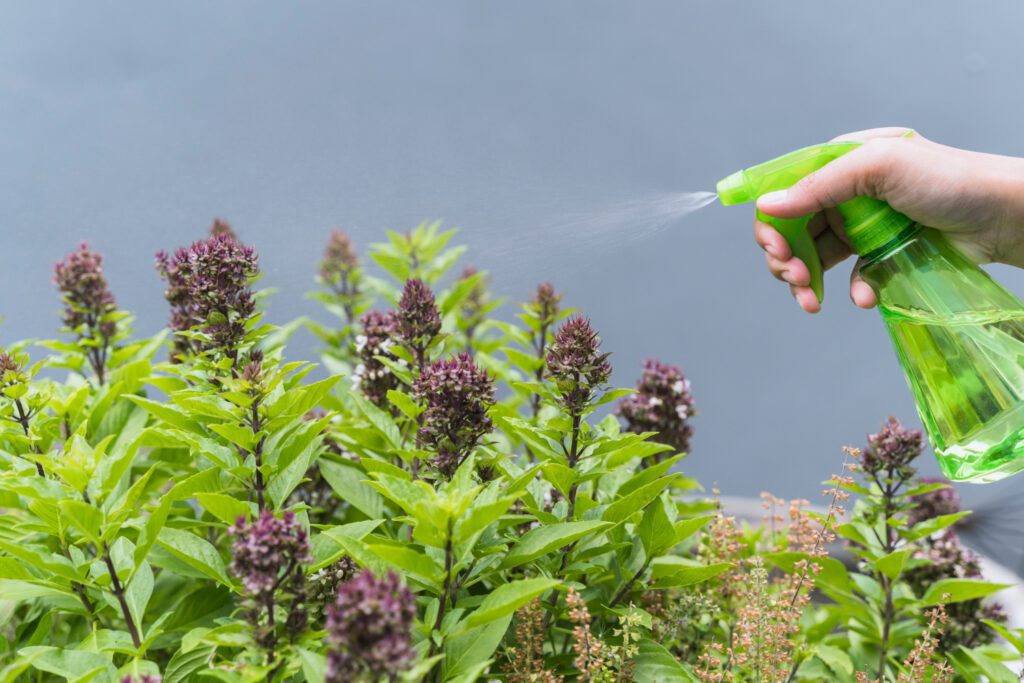
One popular DIY spray involves using garlic and hot pepper. Both garlic and hot pepper contain compounds that grasshoppers find unpleasant, making them effective deterrents. To make this recipe, simply blend several cloves of garlic with a couple of hot peppers and a few cups of water. Let the mixture sit for a few days, then strain and transfer it into a spray bottle. Apply the homemade repellent directly onto the leaves and stems of your plants, paying close attention to areas where grasshoppers are likely to feed. Remember to reapply the spray after rainfall or heavy watering to ensure its effectiveness.
Another homemade remedy that has shown promise is using neem oil. Derived from the neem tree, neem oil is a natural insect repellent with a bitter taste that discourages grasshoppers from feeding on plants. To create a neem oil spray, mix a teaspoon of neem oil with a few drops of liquid soap and water in a spray bottle. Shake well before use and apply onto the foliage of your plants. This homemade repellent not only deters grasshoppers but also provides added benefits, as neem oil has antimicrobial and antifungal properties.
Integrated Pest Management: A Holistic Approach to Grasshopper Control
Grasshoppers can wreak havoc on gardens, decimating crops and leaving gardeners frustrated and helpless. That’s where Integrated Pest Management (IPM) comes into play. IPM is a holistic approach to grasshopper control that focuses on prevention, monitoring, and targeted management strategies.
Prevention is a key component of IPM. By creating a grasshopper-free environment, gardeners can reduce the risk of infestation. This involves implementing physical barriers such as fences and enclosures to keep grasshoppers at bay. Additionally, attracting natural predators like birds, frogs, and beneficial insects can help keep grasshopper populations in check. Planting grasshopper-resistant varieties and practicing companion planting techniques are also effective preventive measures. By taking these precautions, gardeners can limit the appeal of their gardens to grasshoppers and reduce the likelihood of infestation.
Monitoring is another crucial aspect of IPM. Regularly inspecting plants and keeping an eye out for signs of grasshopper activity allows gardeners to identify an infestation early on. Monitoring can be done through visual observation or by using traps and pheromone lures. Early detection enables timely intervention, preventing grasshoppers from causing significant damage. By combining prevention with diligent monitoring, gardeners can stay one step ahead of these pests and keep their gardens flourishing.
Timing is Key: Understanding the Best Moments to Combat Grasshopper Infestations
Timing is a crucial factor when it comes to combatting grasshopper infestations in your garden. Understanding the best moments to take action can significantly improve the effectiveness of your control measures. By timing your interventions strategically, you can target the vulnerable stages of the grasshopper lifecycle and minimize their impact on your plants.
One important aspect to consider is the developmental stage of the grasshoppers. Research has shown that younger grasshoppers, known as nymphs, are more susceptible to control methods compared to adult grasshoppers. This is because nymphs are smaller, have less developed wings, and are more dependent on vegetation for their survival. By targeting the nymphs early in their lifecycle, you have a higher chance of reducing their numbers and preventing further damage.
Additionally, it is essential to monitor the grasshopper populations in your garden regularly. By actively observing and assessing their numbers, you can detect early signs of infestation and take prompt action. Keep an eye out for adult grasshoppers laying eggs and the emergence of nymphs. Understanding the timing of these key events will help you prioritize your control efforts and apply preventive measures at the right moment. By staying proactive and vigilant, you can stay one step ahead of grasshopper infestations and protect your plants more effectively.
Monitoring and Early Detection: Essential Steps to Prevent Grasshopper Damage
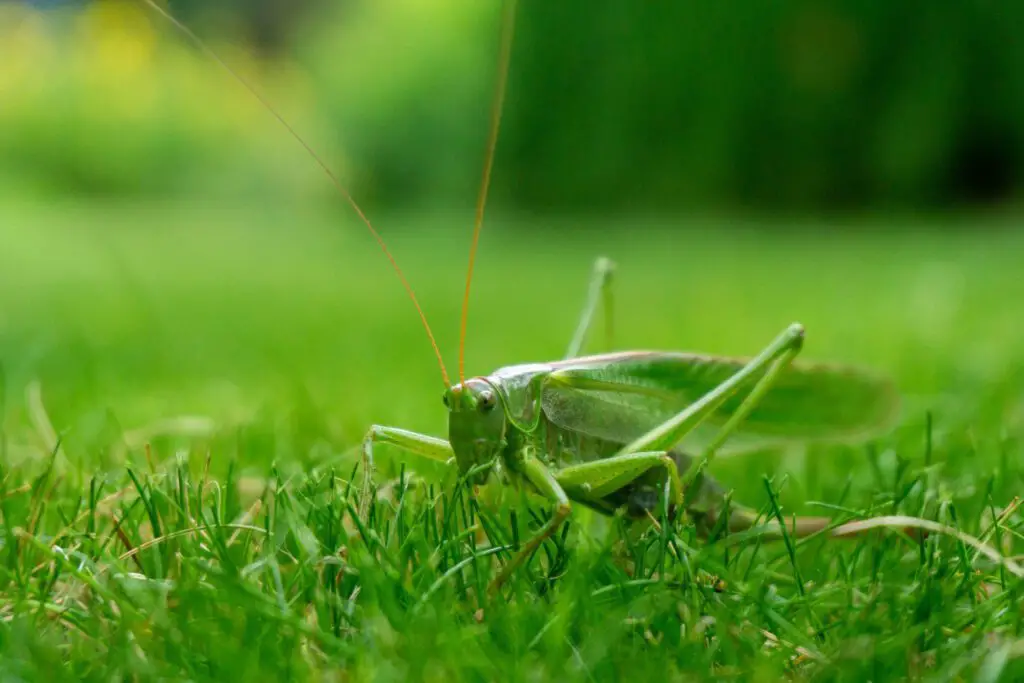
Monitoring and early detection are crucial steps in preventing grasshopper damage to your garden. By regularly monitoring your plants and being able to identify the early signs of grasshopper infestations, you can take swift action to minimize the damage caused.
To effectively monitor your garden, start by conducting regular inspections. Walk through your plants and visually examine them for any signs of grasshopper feeding. Look for chewed leaves or stems, as well as small holes or missing parts on vegetation. Pay close attention to vulnerable areas such as young seedlings or newly planted crops, as these are more likely to be targeted by grasshoppers.
In addition to visual inspections, consider using insect traps or sticky traps strategically placed throughout your garden. These traps can capture adult grasshoppers or nymphs, allowing you to detect their presence early on and take appropriate measures. You can also use beat sheets or cloth placed under plants and gently shake the foliage to dislodge any hidden grasshoppers, making them easier to spot and remove.
Early detection not only helps you take immediate action but also prevents grasshoppers from reproducing and increasing their population. By staying vigilant and continuously monitoring your garden, you can protect your plants from severe damage and maintain a healthy environment for their growth. Stay tuned for the next section of this article, where we will discuss some essential strategies for achieving a grasshopper-proof garden.
Long-Term Strategies: Maintaining a Grasshopper-Free Environment for Healthy Plant Growth
To ensure a long-term grasshopper-free environment for healthy plant growth, it is essential to adopt a multi-faceted approach that combines preventive measures, regular monitoring, and timely intervention. By implementing these strategies, gardeners can minimize the impact of grasshopper infestations and protect their valuable crops.
One effective long-term strategy is to focus on cultivating a diverse ecosystem within the garden. By encouraging the presence of beneficial insects, birds, and amphibians that naturally prey on grasshoppers, gardeners can create a natural balance that helps control their population. Attracting and supporting these natural predators can be achieved by utilizing native plants that provide food and shelter, incorporating bird feeders and bird baths, and creating small ponds or water features to attract frogs and beneficial insects.
Another vital aspect of maintaining a grasshopper-free environment is to practice good garden hygiene. Regularly removing garden debris, fallen leaves, and cut vegetation can help eliminate potential hiding places and breeding grounds for grasshoppers. Additionally, it is important to keep the garden area free from weeds, as they can serve as alternative hosts for grasshoppers and provide a favorable environment for their growth and reproduction.
By adopting these long-term strategies, gardeners can take proactive steps towards maintaining a grasshopper-free environment and promoting healthy plant growth. However, it is crucial to remember that grasshopper populations can fluctuate and vary over time, influenced by factors such as weather conditions and surrounding habitats. Therefore, continued vigilance and adaptability in response to changing circumstances are keys to achieving long-term success in grasshopper control.
What are the signs that indicate grasshoppers are present in my garden?
Some signs of grasshoppers in the garden include chewed leaves, missing foliage, and the presence of grasshopper nymphs or adults.
How long does the lifecycle of a grasshopper last?
The lifecycle of a grasshopper typically lasts for about 3 to 5 months, from egg to adult stage, depending on the species and environmental conditions.
Can I use chemical pesticides to control grasshoppers in my garden?
Chemical pesticides can be effective in controlling grasshoppers, but they may also harm beneficial insects and have negative environmental impacts. It is advisable to explore organic and integrated pest management methods first.
What are some common grasshopper-resistant plants I can consider for my garden?
Some grasshopper-resistant plants include lavender, rosemary, marigold, catnip, and sage. These plants have natural compounds that deter grasshoppers.
How can I attract natural predators of grasshoppers to my garden?
Creating a diverse habitat with native plants, providing water sources, and avoiding the use of chemical pesticides can attract birds, frogs, and insects that prey on grasshoppers.
Are there any homemade remedies I can use to repel grasshoppers?
Yes, there are DIY recipes for natural grasshopper repellents. For example, mixing garlic cloves and water in a blender and spraying the mixture on plants can help deter grasshoppers.
What is integrated pest management (IPM) in relation to grasshopper control?
Integrated pest management is a holistic approach that combines various strategies, such as cultural, biological, and chemical control methods, to effectively manage pest populations while minimizing environmental impact.
When is the best time to combat grasshopper infestations?
The best time to combat grasshopper infestations is early in the morning or late in the evening when they are less active. Additionally, targeting grasshoppers in their nymph stage is more effective than when they become adults.
How can I monitor and detect grasshopper damage in my garden?
Regularly inspecting plants for chewed leaves, monitoring grasshopper populations using sticky traps or visual surveys, and observing the presence of grasshopper eggs can help detect and prevent potential damage.
How can I maintain a grasshopper-free environment in the long term?
Maintaining a grasshopper-free environment in the long term involves a combination of strategies, such as practicing proper garden hygiene, diversifying plant species, utilizing physical barriers, attracting natural predators, and implementing integrated pest management techniques.

Suyash Dhoot, editor at SouthElMonteHydroponics.com, is a pioneering force in hydroponics. His expertise spans nutrient solutions and cutting-edge technology. Through meticulous editing, he elevates the site to a beacon of knowledge, offering invaluable insights. Dhoot’s dedication shapes a greener, more efficient future for agriculture.

